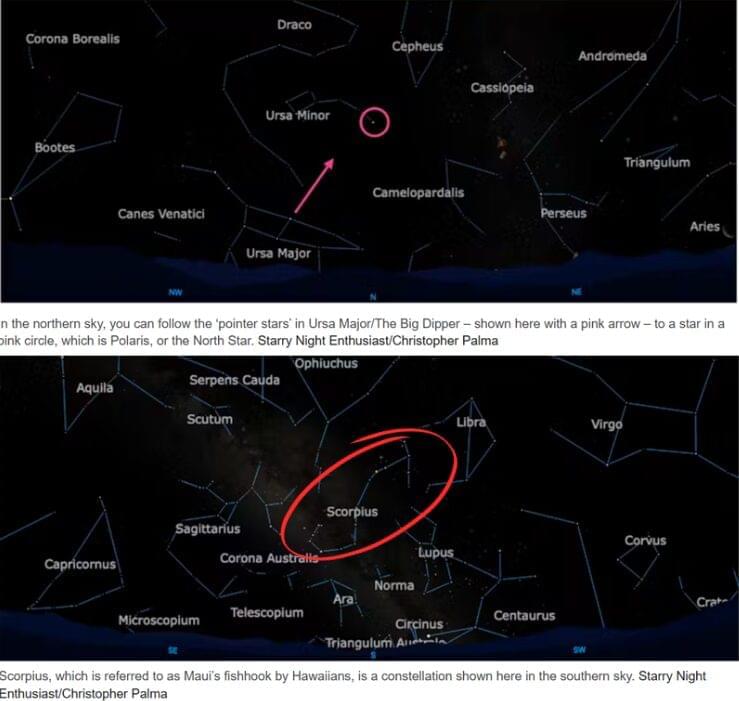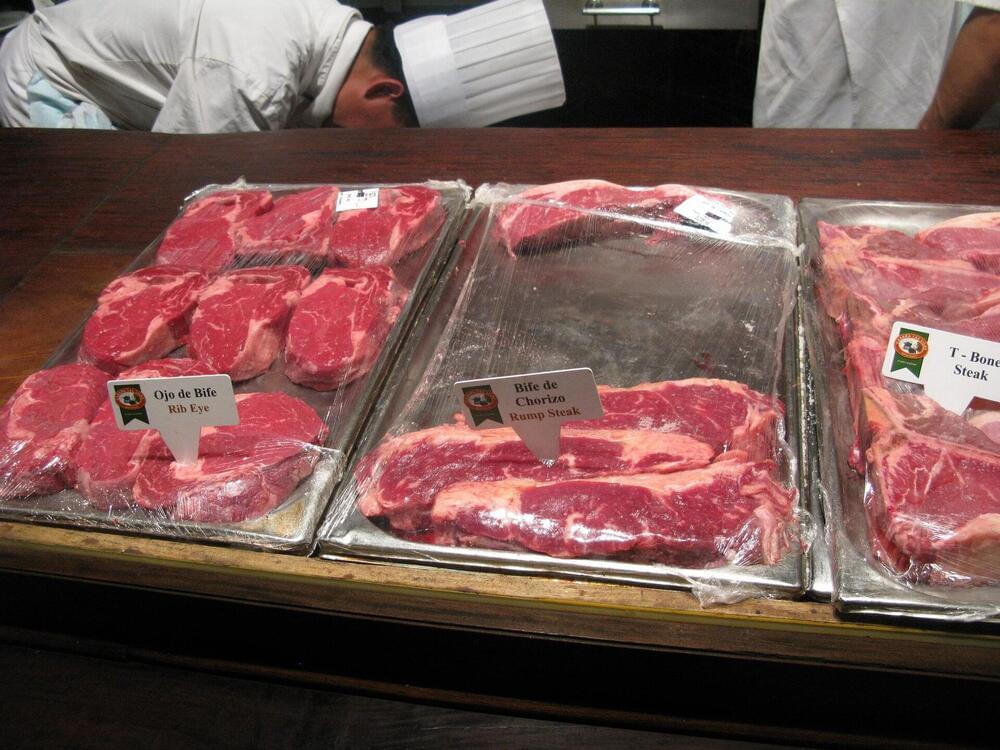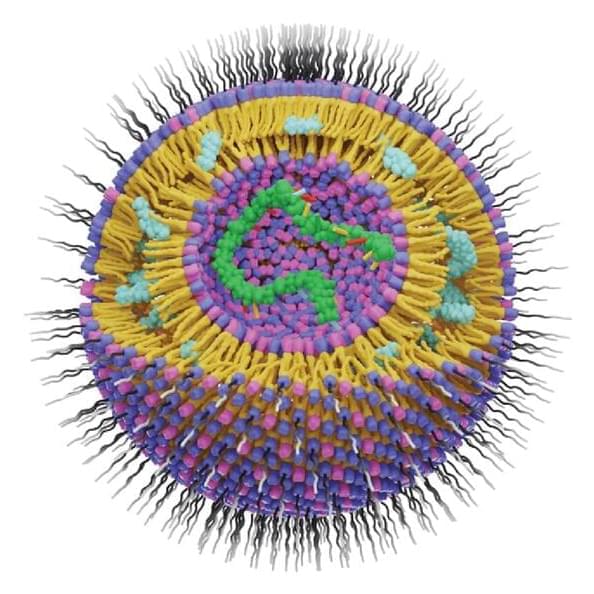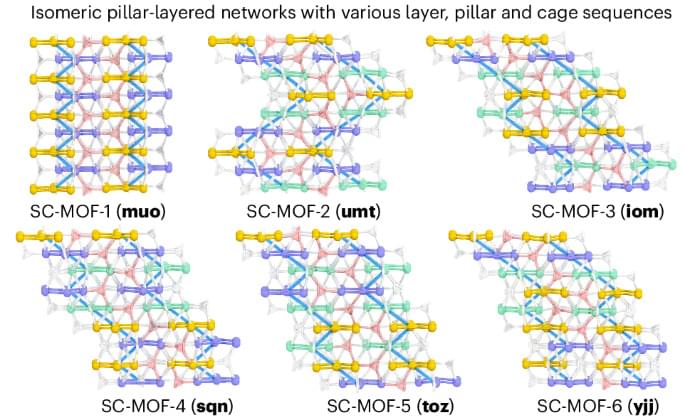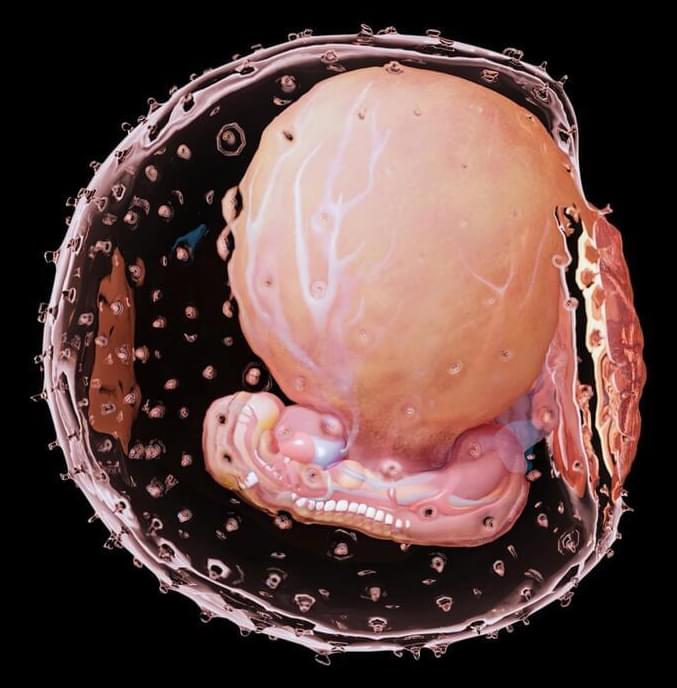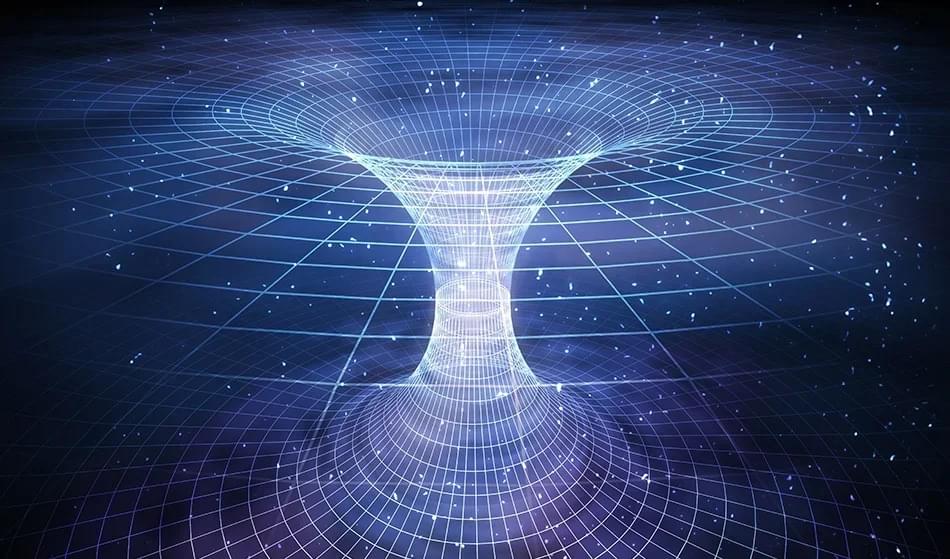In today’s AI news, OpenAI CEO Sam Altman is trying to calm the online hype surrounding his company. On Monday, the tech boss took to X to quell viral rumors that the company had achieved artificial general intelligence. “Twitter hype is out of control again,” he wrote. “We are not gonna deploy AGI next month, nor have we built it.”
In other advancements, Stuttgart, Germany-based Sereact has secured €25mn to advance its embodied AI software that enables robots to carry out tasks they were never trained to do. “With our technology, robots act situationally rather than following rigidly programmed sequences. They adapt to dynamic tasks in real-time, enabling an unprecedented level of autonomy,” said Ralf Gulde, CEO of Sereact (short for “sense, reason, act”).
Then, seven years and seven months ago, Google changed the world with the Transformer architecture, which lies at the heart of generative AI applications like OpenAI’s ChatGPT. Now Google has unveiled a new architecture called Titans, a direct evolution of the Transformer that takes us a step closer to AI that can think like humans.
And, the World Economic Forum Global Risks Report 2025 reveals a world teetering between technological triumph and profound risk. As a structural force, it “has the potential to blur boundaries between technology and humanity” and rapidly introduce novel, unpredictable challenges.
In videos, The next frontier of AI is physical AI. NVIDIA Cosmos—a platform of state-of-the-art generative world foundation models, advanced tokenizers, guardrails, and an accelerated data processing and curation pipeline—accelerates the development of physical-AI-embodied systems such as robots and autonomous vehicles.
Then, join Jeff Crume and Martin Keen as they delve into the world of Artificial Intelligence and explore the Pattern of probabilistic pattern matching, hallucinations, and errors in AI systems. From the limitations of current AI models to the potential of inference time compute models, discover the fascinating and often surprising landscape of AI reasoning.
And, LLMs continue to improve at an exponential pace. So what should you do as a founder to take advantage of this moment? In this episode of Office Hours, YC General Partners discuss what you should consider if you’re thinking about pivoting to AI or incorporating it into your business.
